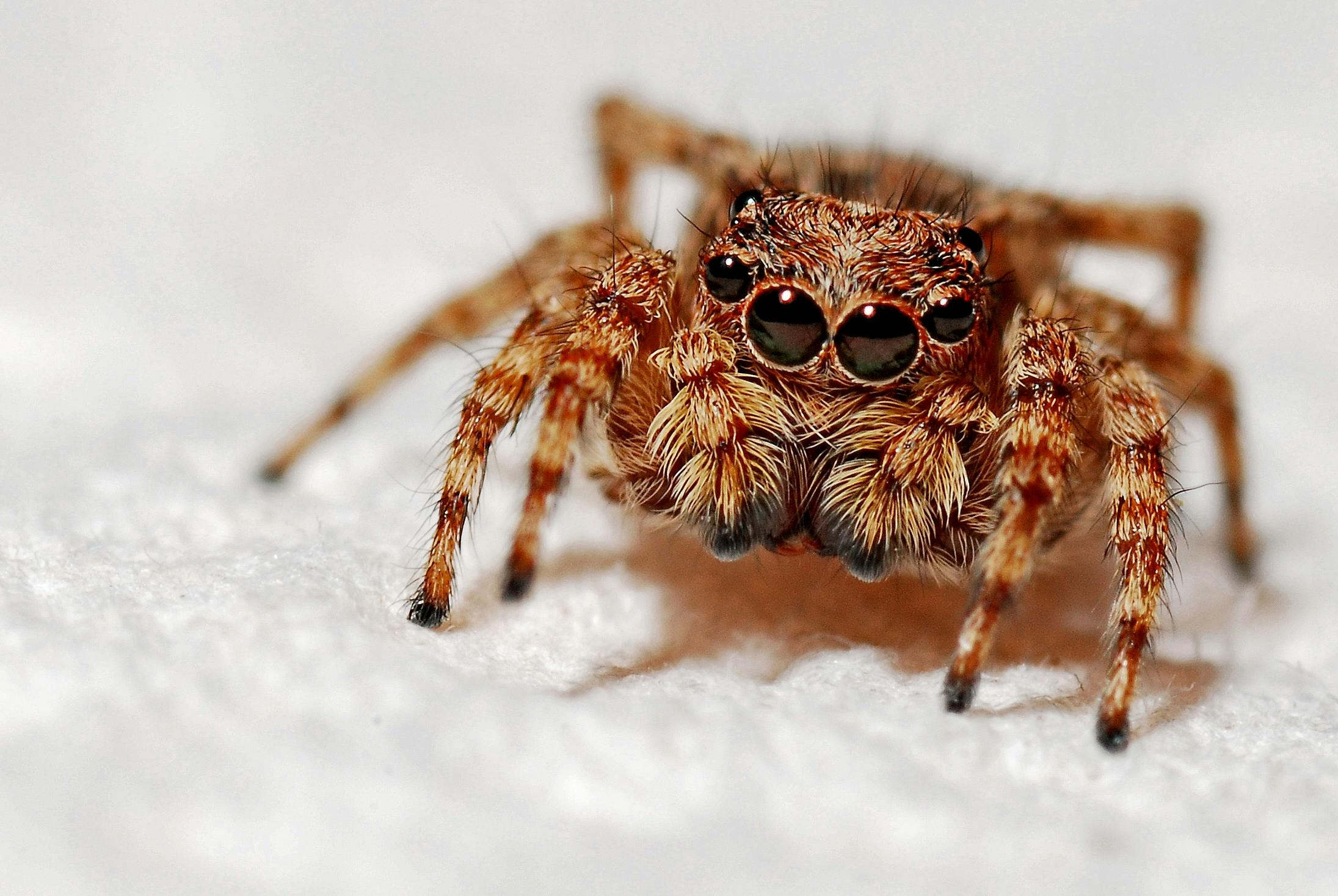

Recognize pre-molt signs, support your spider during molting, and handle post-molt care
If you're keeping a jumping spider, you're also keeping a tiny, fuzzy metamorph machine.
Molting is how your jumper grows — by shedding its old exoskeleton and revealing a shiny new one underneath. It’s a delicate process that happens multiple times throughout their life, especially while they’re young.
Getting familiar with the molt cycle helps you avoid problems, reduce stress (for both of you), and spot when something’s gone wrong.
This guide breaks it all down:
Jumping spiders grow by shedding their exoskeleton — a process called ecdysis.
Each time they molt, they:
Young spiders (slings and juveniles) molt every 2–4 weeks. Adults may molt just once or twice a year — or stop entirely once mature.
Your spider will give you clear signals — if you know what to look for.
| Sign | What It Means |
|---|---|
| Stops eating | Digesting old exoskeleton |
| Builds a thick hammock | Preparing a safe molting bed |
| Hides more than usual | Wants privacy |
| Sluggish or reclusive | Low energy during pre-molt phase |
| Abdomen darkens or dulls | Old skin separating from new |
| Refuses prey completely | Doesn’t want to risk injury |
💡 Some jumpers will stay in their hammock for up to a week before they actually molt.
The molt itself is often silent, private, and fast — you may not even see it happen.
🛑 Do NOT disturb your spider. No feeding. No handling. No enclosure changes. Even vibrations can stress them or cause molt failure.
After molting, you may find:
They may stay in the hammock for another day or two while they recover.
Once the molt is complete, your jumper is incredibly fragile.
Their fangs are soft at first — if they eat too early, they can break them.
If your spider loses a leg, it can regrow it over the next few molts.
The new leg may:
💡 This is one of the coolest things about molting — they’re self-repairing!
While most molts go smoothly, here are some rare issues to watch for:
| Symptom | Possible Issue |
|---|---|
| Stuck in exoskeleton | Humidity too low or disturbed molt |
| Still, twitching for hours | Mid-molt stress |
| Loss of multiple limbs | Severe molt stress or trauma |
| Abdomen shriveled post-molt | Dehydration or feeding too early |
| Dead in hammock | Molt failed, unfortunately fatal |
If you spot a stuck molt:
| Life Stage | Molt Frequency |
|---|---|
| Sling (spiderling) | Every 2–3 weeks |
| Juvenile | Every 3–4 weeks |
| Sub-adult | Every 1–2 months |
| Adult | Every 6–12+ months |
| Elder adult | May stop entirely |
Molting slows down with age — and eventually stops altogether as they near the end of their life.
Keeping a molt log is a great way to:
Example log entry:
🕸️ Molt #3 — 14 Sept 2025
• Built hammock 10 Sept
• Molted upside-down in corner
• Refused food 5 days
• Fed on 19 Sept (1x housefly)
Molting is a magical, high-stakes transformation. It’s the most vulnerable time in your spider’s life — but also one of the most rewarding to witness.
By knowing the signs, staying hands-off, and giving your jumper the right care before and after, you’re helping them grow into their next, better self.
Keep calm, trust the process, and let nature do her thing.
Your fuzzy friend is growing fast. 🕷️✨